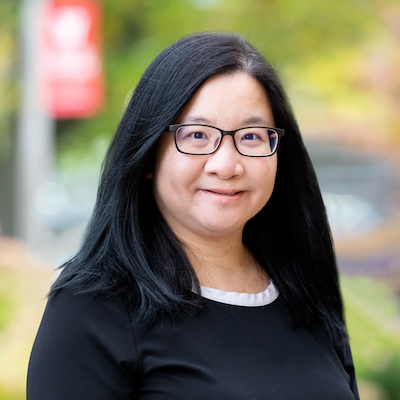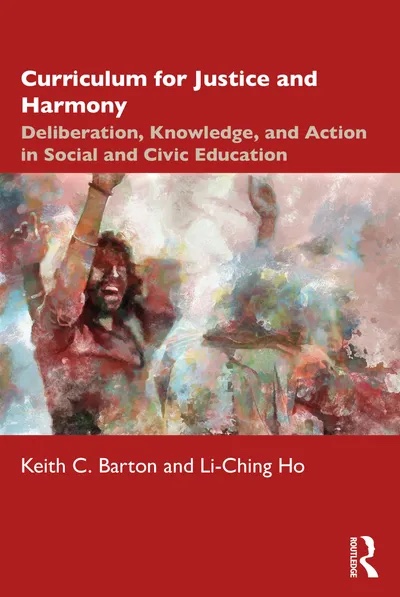Li-Ching Ho is a co-author of a book released in September titled, “Curriculum for Justice and Harmony: Deliberation, Knowledge, and Action in Social and Civic Education.”
Ho is a professor with the School of Education’s Department of Curriculum and Instruction, and is the faculty director of the School’s Global Engagement Office. She wrote the book with Keith C. Barton, a professor of curriculum and instruction, and adjunct professor of history at Indiana University.

Ho explains how the book presents a global vision of social and civic education — one that reorients the field toward justice and harmony. Following is a Q&A about this work:
In the U.S., there’s often an assumption that the purpose of civic education is to prepare young people to take part in the public life of a democracy — that it should focus on democratic ideals. Why do you make the case that civic education should focus on justice and harmony? Teaching how a democracy operates isn’t necessarily relevant for young people living in other societies under different kinds of political systems. Even for those who do live in the United States and in a democracy, we want them to think about what kind of democratic society they want to live in.
So, we center our book around this idea of preparing young people to take deliberatively informed action on issues of justice and harmony — societal ideals that are central to all communities.
 What does it mean to live together justly and how do you teach students about these topics? This book focuses on three curricular guidelines that help teachers prepare young people to engage with societal issues. First is extending compassion and benevolence, or this idea that students need to care about others. Second, students should listen to distant voices and attend to the diverse perspectives of distant others. Finally, the book introduces the idea of taking wise action, which involves paying careful attention to the unique circumstances of different societal issues. We then illustrated these principles through case studies of topics like climate change, public health, and many other pressing concerns. We want to teach students how best to engage with knowledge, learn from diverse perspectives, and be collaborative problem solvers.
What does it mean to live together justly and how do you teach students about these topics? This book focuses on three curricular guidelines that help teachers prepare young people to engage with societal issues. First is extending compassion and benevolence, or this idea that students need to care about others. Second, students should listen to distant voices and attend to the diverse perspectives of distant others. Finally, the book introduces the idea of taking wise action, which involves paying careful attention to the unique circumstances of different societal issues. We then illustrated these principles through case studies of topics like climate change, public health, and many other pressing concerns. We want to teach students how best to engage with knowledge, learn from diverse perspectives, and be collaborative problem solvers.
The world today can seem hyper-partisan and there are times when one has to wonder if impactful change on important issues is even possible. Your book seems quite hopeful in its message. I think so. As educators, we need to help students see possibilities and be hopeful for what the world can become. This book draws from diverse philosophical and cultural traditions, as well as empirical research. It gives a framework and a way forward — and it’s a shared way.